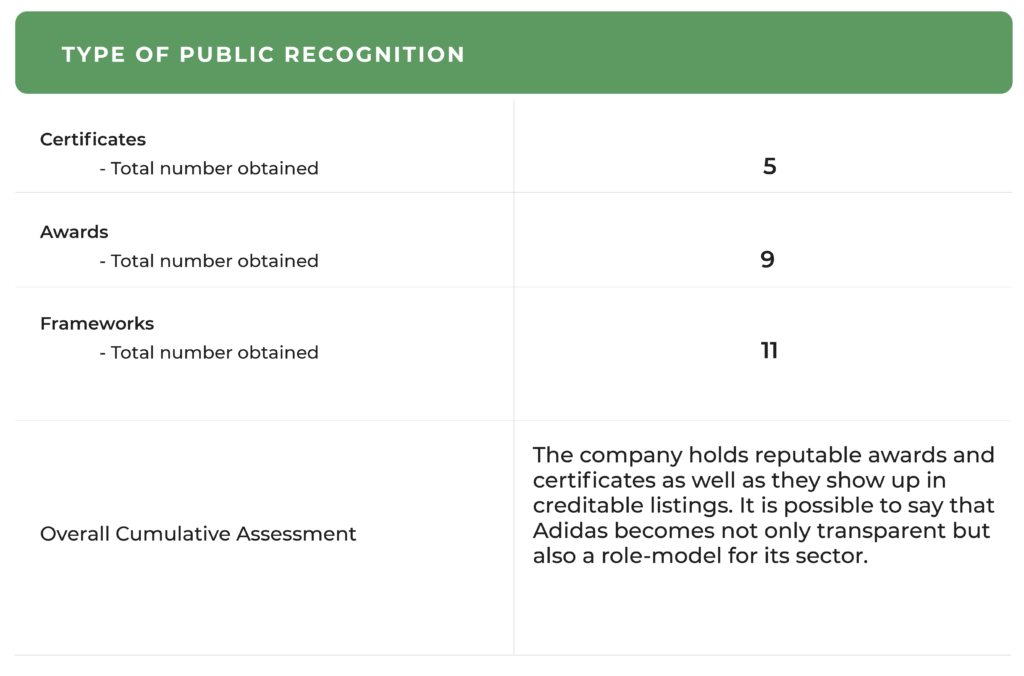
RATING

Positive
SECTOR
Consumer Cyclical
Chief Sustainability Officer
Stock Exchange and Ticker
ETR: ADS
Website
Contact
E.mail: corporate.press@adidas-group.com
Listing
- #16 World’s Best Employers (2022)
- America’s Best Employers By State (2022)
- #259 Best Employers for Women (2022)
- #269 Best Employers for New Grads (2022)
- #438 Global 2000 (2022)
- #445 Best Employers for Diversity (2022)
- #219 America’s Best Large Employers (2022)
- #48 The Halo 100 (2022)
- #124 Best Employers for Veterans (2021)
- #97 World’s Top Female-Friendly Companies (2021)
- #97 America’s Best Employers (2021)
Awards
Environmental, Social, Governance Performance (ESG)
- MSCI ESG Rating (‘AAA,’ upper score: ‘AAA’)
- S&P Global ESG Evaluation (85/100, upper score:100)
- Sustainalytics ESG Risk Rating (13.3/100, upper score: 0)
Environmental Performance
- CDP Climate Change (‘B’ score, upper score: ‘A’)
- CDP Water (‘B’ score, upper score: ‘A’)
- Corporate Information Transparency Index (among top 10 in their industry)
Social Performance
- Corporate Human Rights Benchmark (first in their industry)
- KnowTheChain Benchmark (among top 3 in their industry)
- World Benchmarking Alliance Gender Benchmark (among top 3 in their industry)
Revenue
$25.122B (2021)
Market Capitalisation
$18.59 B
Employees
62,000
Content source
- Adidas AG – ADR (ADDYY) Stock Price & News – Google Finance
- adidas plans more than 2,800 new hires in 2022.
- Adidas AG Revenue 2010-2022 | ADDYY | MacroTrends
- Adidas AG Company Profile – Adidas AG Overview – GlobalData.
- ANNUAL REPORT
- GENDER PAY GAP REPORT 2019
- Adidas Reviews 2022
- adidas – Reviews | Facebook
- adidas NPS & Customer Reviews | Comparably
Adidas Sustainability Report
Evaluation of Adidas
Adidas has created a way to reduce the environmental impact of plastic trash, known as the ‘Three Loop Strategy.’ Products will be worn, worn out, and returned to the company to be recycled through a collaboration between ‘Parley for the Oceans” and Adidas, first revealed at the 2015 Parley ‘Oceans. Furthermore, reducing the carbon footprint is the outcome of a goal to create high-performance running shoes with the smallest possible carbon impact. The firm has renowned awards and certifications, and they appear in credible listings. Adidas may be considered not only transparent, but also a model for the industry. Finally, their online reputation is controversial. Despite receiving several good marks, some argue that they engage in greenwashing. In summary, the company’s ambitions and progress are sufficient to become a pioneer.
Sustainability Scorecard
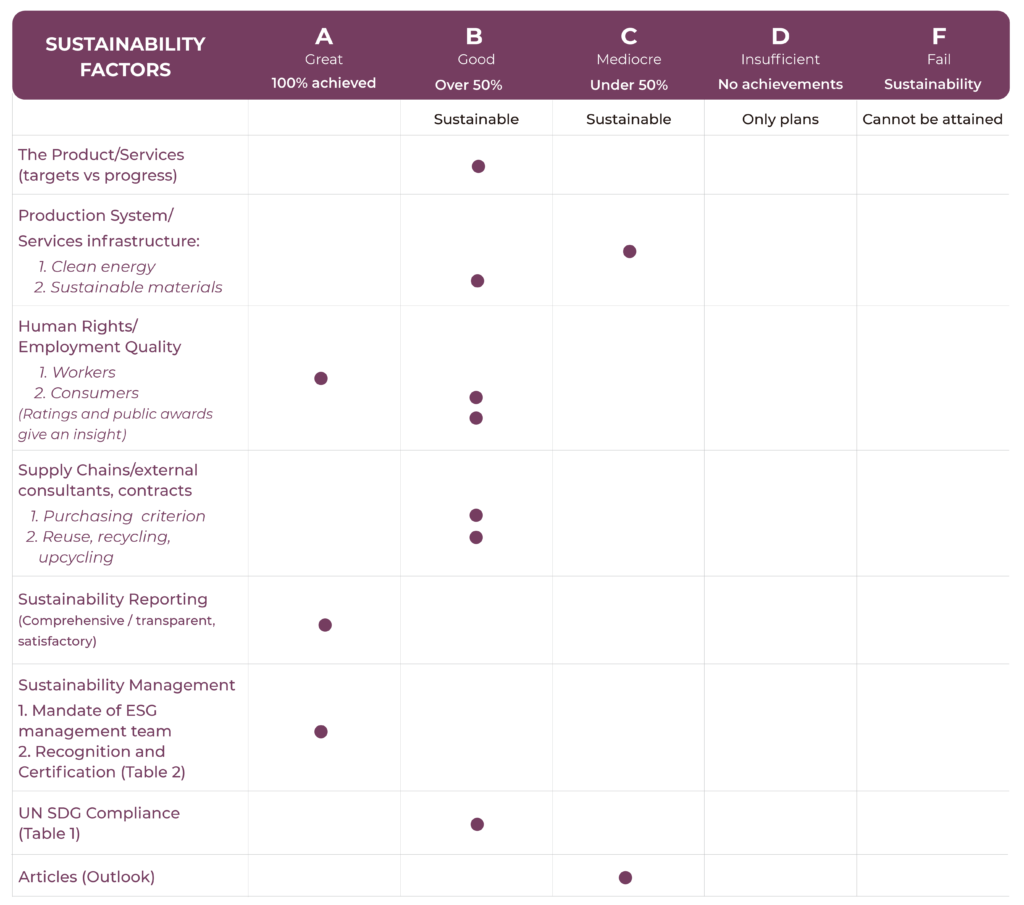
Adidas Company Activity
Adidas designs, manufactures and markets athletic and sports lifestyle products. The company’s product portfolio includes footwear, apparel and accessories such as bags, sun glasses, fitness equipment, and balls. The company distributes and sells products through own-branded stores, retail stores, wholesale stores, sporting goods chains, buying groups, department stores, lifestyle retail chains, e-tailers, and franchise stores. It also markets products through e-commerce platform and mobile shopping apps. The company offers its products under the adidas brand. It also undertakes various product franchises. The company’s business operations span across the Americas, Europe, Asia-Pacific, Africa and the Middle East. adidas is headquartered in Herzogenaurach, Germany.
Adidas Sustainability Activity - As per company declarations
According to the United Nations, climate change is the most pressing long-term challenge facing civilization. For this reason, they have set ourselves science-based decarbonization targets that will serve as part of a collective effort to limit global temperature rise. Adidas has committed to achieving climate neutrality (GHG – greenhouse gases) across its own operations by 2025, reducing absolute GHG emissions across its entire value chain by 30% by 2030, measured against a baseline of 2017, thus paving the way for climate neutrality (GHG) by 2050. They support global initiatives that aim to drive change for our industry, such as the Fashion Pact and the UN Fashion Industry Charter for Climate Action (UNFCCC).
We also committed to the Science Based Targets initiative (SBTi), and our greenhouse gas (GHG) emissions reduction targets by 2030 have been approved by the SBTi. The targets covering GHG emissions from Adidas’s own operations (scope 1 and scope 2) are consistent with reductions required to keep warming to 1.5°C, the most ambitious goal of the Paris Agreement. Our GHG reduction target for the emissions from its value chain (scope 3) meet the SBTi’s criteria for ambitious value chain goals, meaning they are in line with current best practices.
Certificate & Labels, Standards and Frameworks
- ISO 14001
- ISO 45001
- ISO 50001
- LEED
- BREEAM
- The Fashion Pact
- UN Fashion Industry Charter for Climate Action (UNFCCC)
- The Science Based Targets initiative (SBTi)
Adidas in the news: Press Reviews and Social Media
How Ethical Is Adidas? – Good On You
Although it is uncertain whether Adidas is on pace to accomplish its aim, Adidas has earned kudos for establishing a science-based goal to cut greenhouse gas emissions from its own operations and supply chain. Adidas received a B on their climate and water surveys for the Carbon Disclosure Project. The brands that we have “Good” environmental ratings for this year often score A or A-. We could not find any proof that Adidas has supply chain biodiversity protection practices. Environmentally speaking, the brand’s ranking has dropped from “Good” to “It’s a Start”.
According to the French Jury de Déontologie Publicitaire, this is a blatant instance of greenwashing (JDP). The JDP further pointed out that the claim of “50% recycled” misleads consumers into believing that recycled materials make up 50% of the overall material utilized in the shoe. The Clean Clothes Campaign and Collectif Ethique sur l’Etiquette’s Foul Play investigation found no proof that Adidas guarantees payment of a livable wage in the majority of its supplier chain. The animal rating for Adidas decreased as well, from “It’s a Start” to “Not Good Enough”. The overall evaluation of Adidas has dropped from “Good” to “It’s a Start.”
You couldn’t find any proof that animal products were used from the beginning of production. Adidas continues to utilize kangaroo leather, a growing animal welfare concern that has caused the company to face criticism in the US.
The overall evaluation of Adidas has dropped from “Good” to “It’s a Start.” It’s important to note that just five significant brands out of the 3,500 that Good On You reviewed received a “Good” overall grade. Adidas continues to be one of the top-scoring major brands and is in the top 10% for consumers who bought Adidas based on our ratings, even though we recognize it still has a ways to go in terms of labor and environmental concerns.
Climate neutral by 2050: This is Adidas’ sustainability plan
Adidas has set high standards for the development of its products. By 2050, all industry must be carbon neutral and only recycled plastic will be utilized. The “three-loop approach,” with which partner Parley also assists, is what the company’s strategy is known for. “Primeblue,” a high-performance recycled material produced in part from ocean plastic, was created by Adidas and Parley. The objective of using entirely recycled plastic by 2024 is based on Primeblue. Adidas also wants to encourage its customers to lead more environmentally friendly lifestyles.
adidas: Live Your Passion For Sport And Make The Planet More Sustainable
According to adidas CIO Andreas Hubert, the influence on our world will be tremendously significant. “We’re ensuring that everyone in the chain participates,” he adds, “including utilizing recycled polyester, better cotton, and renewable energy.” Consumers consider sustainability as part of their overall buying choice criteria. 80% of adidas customers want firms like them to create large-scale sustainable solutions. “We have set an ambitious ESG aim of using sustainable materials in 9 out of 10 of the goods we create.” “We want to make this a better world for ourselves and future generations,” he continues. At the end of their natural lifetime, customers return each pair to adidas, which shreds and grinds all of the materials before masterfully crafting them into the next inventive shoe design. “You need the technology to scale up data collection and connect it into a dispersed, multi-level supply chain of partners to create transparency about the environmental impact of different materials like polyester, rubber, or cotton to create transparency about the environmental impact of different materials like polyester, rubber, or cotton.”
Jury Finds Adidas Guilty of Greenwashing
The judges concluded that the marketing does not allow the customer to determine how much of the shoe is recycled. In actuality, a discarded product adds to the bulk of non-recycled plastic garbage and, most likely, contributes to fuel pollution. Regarding the logo with the text “End Plastic Waste,” the jury stated that the mere fact that it is a registered trademark does not exempt advertisements that use it from the obligation to follow the ethical rules associated with it, nor does it preclude the Jury from concluding the presence of a violation of those rules. The Jury stated in this instance that “this emblem, which symbolizes the planet Earth, conveys that the corporation is pursuing an end to plastic waste, a message strengthened by the image, which shows a basketball shattering a plastic bottle.” Adidas will have shifted to 100% recycled polyester by 2024, manufactured from plastic captured on ocean coasts and waste destined for landfills. The business admitted that Primegreen alone will not eliminate plastic waste. Instead, the consequence is the choice itself. The ruling comes at a time when deceptive sustainability and ESG claims have been made, including a consumer complaint against Canada Goose.
On Wednesday, June 22, the environmental defense organization Zero Waste France revealed that it has launched a case against Adidas and New Balance in the courts of Strasbourg and Paris. The organization accuses equipment makers of communicating “shamelessly and disproportionately on obligations” while “changing practically nothing about their manufacturing process.”
Highlights from Adidas Sustainability Report
Achievements
- In collaboration with US running shoe manufacturer Allbirds, adidas developed its most climate-friendly performance running shoe ever with a carbon footprint (CO2e) of merely 2.94kg (measured against a comparable running shoe: adizero RC3 at 7.86kg CO2e emissions), offering a limited number for sale
- The company succeeded in changing practically all of the polybags used to protect finished products during transport from its manufacturing facilities from virgin material to 100% recycled LDPE (low-density polyethylene) polybags by the end of 2021
Weaknesses and Setbacks
- Synthetic fibers are widely used by the company
- Number of scholarships granted to students at adidas’ HBCU partner schools as part of Adidas’ ‘United Against Racism’ ambition decreased
Targets vs Progress Reported
| Target | Results reported |
|---|---|
| Own Operations (by 2025) | |
| Achievement of climate neutrality (CO2e) | 100% of their electricity consumption in Europe and North America comes from renewable energy sources in part supported by certificates for renewable energy |
| 15% consumption reduction in water (baseline 2019) | They achieved an accumulative water reduction of 34% compared to 2019 |
| 95% diversion rate in waste (baseline 2019) | - Achieving a 93% waste diversion rate at the end of 2021 for suppliers enrolled in their environmental program - By the end of 2021, a total of 32,951t waste was generated and they achieved an accumulated diversion rate of 92% for the operations, measured against 2019 |
| Lost-Time Incident Rate (‘LTIR’) below industry average; Zero fatal accidents; Occupational Illness Frequency Rate (‘OIFR’): Zero | - By the end of 2021, 42% of supplier facilities achieved chemical use compliant with the Zero Discharge of Hazardous Chemicals (ZDHC) - They have implemented training and guidelines and scaled these through the entire organization - In 2021, they recorded zero fatal accidents (2020: 0), a Lost Time Incident Rate of 0.40 for employees (2020: 0.53), and 0.97 for external workforce (2020: 0.67), as well as a zero Occupational Illness Frequency Rate (‘OIFR’) |
| Supply Chain (by 2025) | |
| Adoption of renewable energy at strategic Tier 1 and Tier 2 supplier facilities to keep emissions flat (baseline 2017) | - The rooftop solar power were increased in the supply chain to 93 MWp in 2021 - Adidas has continued to work closely with key suppliers in Vietnam, providing the technical guidance and expertise to enroll and access the first off-site renewable project. Once approved, the pilot program will feature direct power purchase agreement (‘DPPA’) mechanisms between renewable energy developers/power generation companies and private power buyers/consumers |
| Water 40% intensity reduction at Tier 2 supplier facilities (baseline 2017)5 | In 2021, Tier 1 suppliers achieved a 15% reduction in water intensity, and Tier 2 suppliers an 18% reduction |
| Progressive improvement in compensation, measured by fair wage benchmarks across its strategic Tier 1 suppliers | In 2021, they reviewed and updated their ‘Fair Compensation Strategy’ identifying five key levers that influence wages: legal obligations; responsible sourcing and purchasing practices; worker productivity; government involvement, and industrial relations |
| Product (by 2025) | |
| Sustainable article offering (baseline 2020) | They were able to increase the percentage of sustainable articles by eight percentage points for the Spring/Summer 2022 season compared with the Spring/Summer 2021 season |
| 15% reduction of GHG emissions per product (baseline 2017) | - Recycled polyester used for adidas apparel and footwear ranges increased from %71 to 90% - 100% more sustainable cotton (certified organic cotton) sourced |
| Entire Value Chain | |
| 30% reduction of GHG emissions by 2030 (baseline 2017) | During 2021, they implemented 13 decarbonization initiatives that included, for example, three on-site solar renewable energy projects in Herzogenaurach and Moscow, and energy efficiency projects at distribution centers such as LED retrofit, HVAC (heating, ventilation, and air conditioning) equipment upgrade, and energy monitoring systems |
| System in place to identify and manage high-risk human rights issues in 100% of value chain | They have embraced the need to undertake effective Human Rights and Environmental Due Diligence (‘HREDD’) across the entire value chain and have defined those areas and assessment processes that need to be evaluated and strengthened in preparation for the implementation of the ‘German Act on Corporate Due Diligence Obligations in Supply Chains,’ which takes effect in 2023 |
UN SDGs Compliance Analysis
Progress made toward SDG targets
As reported by Adidas
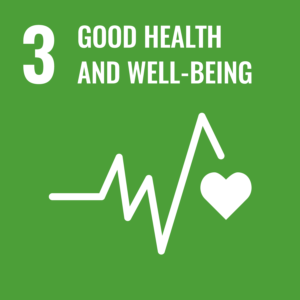
- In Vietnam, they assisted with the supply of covid-19 testing kits and worked with the Vietnamese government, providing input to their guidelines and protocols for the safe reopening of the supplier factories, once the lockdown was lifted
- They continued to be committed to ensuring legal compliance in terms of pay and benefits for all workers affected by operational changes due to covid-19 and tracked the working conditions in every manufacturing facility closely
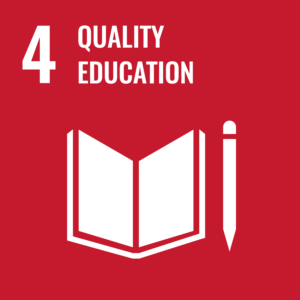
- They co-developed an online climate action training program with ‘Deutsche Gesellschaft für Internationale Zusammenarbeit’ (‘GIZ’) that was rolled out to all Tier 1 and Tier 2 suppliers covered in environmental program in 2021
- Having identified Indonesia, the Philippines, Thailand, and Vietnam as the key sending countries for foreign migrant workers, in 2021 they provided targeted trainings for private recruitment agencies from these countries to raise their awareness on international standards on responsible recruitment and available certifications
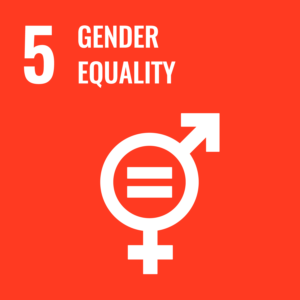
- In 2021, they developed a guidance document for its manufacturing partners, ‘Gender Strategy forBusiness Partners,’ which will officially be launched in 2022, to help them develop and implement their own gender strategy within their operations
- The proportion of women in leadership positions worldwide on the balance sheet date was 37%. Thus, the target of 35.5% was again clearly exceeded
- In addition, the Executive Board has set targets and deadlines for female representation in the first two management levels of adidas AG. The targets are 24.2% for the first management level below the Executive Board and 30% for the second management level. Both targets were met before the deadline of December 31, 2021
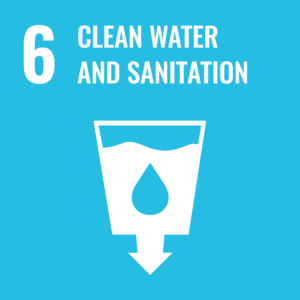
- Improvement with 87% of their suppliers achieving ZDHC Wastewater ‘foundational level’ in 2021
- In 2021, they invested in the installation of more efficient sprinkler systems, water submeters, and a wastewater segregation system at its headquarters in Portland
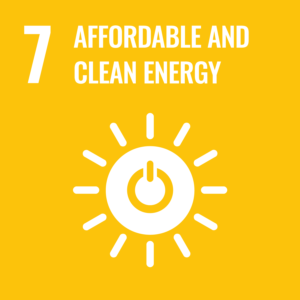
- They moved to a supplier self-governance model in 2021, which means that suppliers take full responsibility for their efforts and achievements, while adidas keeps tracking and monitoring their energy efficiency performance. They achieved a 3% reduction, comparing to 2019 baseline
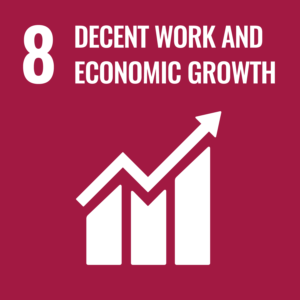
- Throughout 2021, they focused on embedding ‘DEI’ into recruitment processes, through various specialized programs that aim to eliminate hiring bias, create employment pathways for retail employees to access corporate career opportunities, partner with other organizations and its internal Employee Resource Groups (‘ERGs’) to drive key messages around inclusive hiring, and, continue the education of its stakeholders on an inclusive hiring mindset
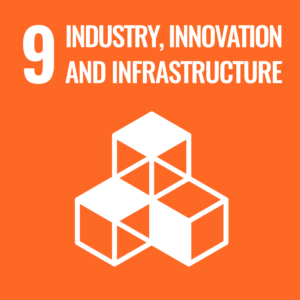
- Since 2015, Adidas has partnered up with the environmental organization ‘Parley for the Oceans’ and uses ‘Parley Ocean Plastic’ as an eco-innovative replacement for virgin polyester
- Together with the global innovation platform ‘Fashion for Good,’ the company explored the development of a recycling infrastructure for used polybags as well as innovative recycling processes for polybags, testing the technical feasibility of polybag circularity
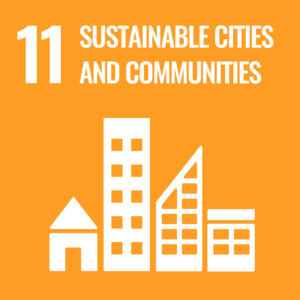
- Adidas has been using predominantly ‘LEED’ (‘Leadership in Energy and Environmental Design’) and ‘BREEAM’ (‘Building Research Establishment Environmental Assessment Method’) certifications for new construction and renovations for own retail stores as well as corporate facilities
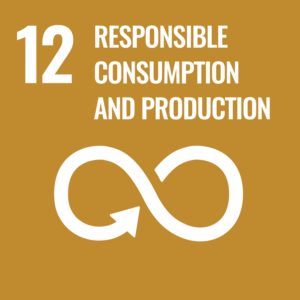
- Adidas has steadily increased the sourcing of more sustainable cotton throughout the last several years and already manages to source 100% more sustainable cotton since the end of 2018
- 91% of all polyester used in 2021 was recycled
- In 2021, they produced close to 18 million pairs of shoes containing Parley Ocean Plastic
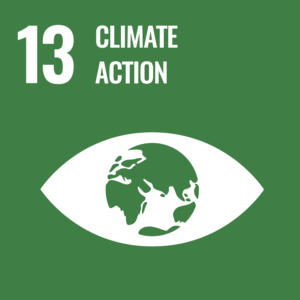
- In 2021, they kept investing in their own operations and offered Green Funds to subsidize local projects to improve energy efficiency as well as on-site renewable energy production
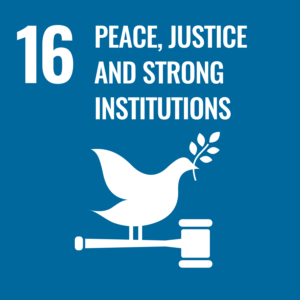
- They have also maintained their commitment to the ‘Sporting Chance Principles’ and its seat on the Advisory Council for the Centre for Sport and Human Rights
- For the past five years adidas has partnered with the International Organization for Migration (IOM)through its ‘Corporate Responsibility in Eliminating Slavery and Trafficking’ (‘CREST’) initiative to implement responsible recruitment practices in the supply chain
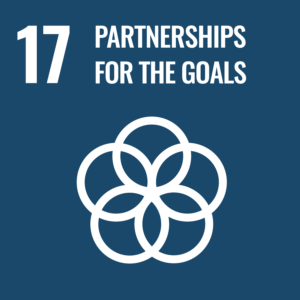
- Collaborating with the industry to improve chemical management processes
- It is collaborating with startups, such as ‘Infinited Fiber,’ ‘Spinnova,’ and ‘Pond,’ to work on materials made of natural resources that we can use in their product
- 2021 also saw them partnering with the Responsible Sourcing Network for their ‘Yarn Ethically and Sustainably Sourced’ (‘YESS’) initiative helping to enable spinners and textile mills to implement effective due diligence to prevent cotton produced with forced labor. This initiative has been piloted in India and Pakistan
Sustainability Certificates, Awards and Listings
